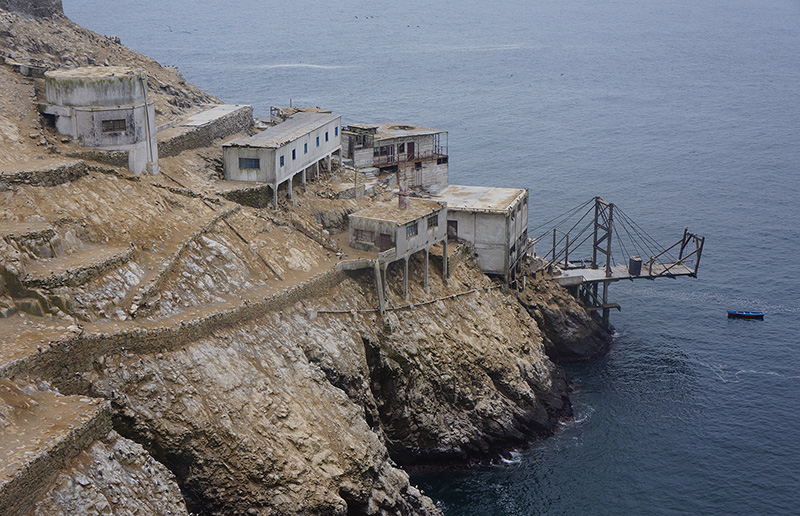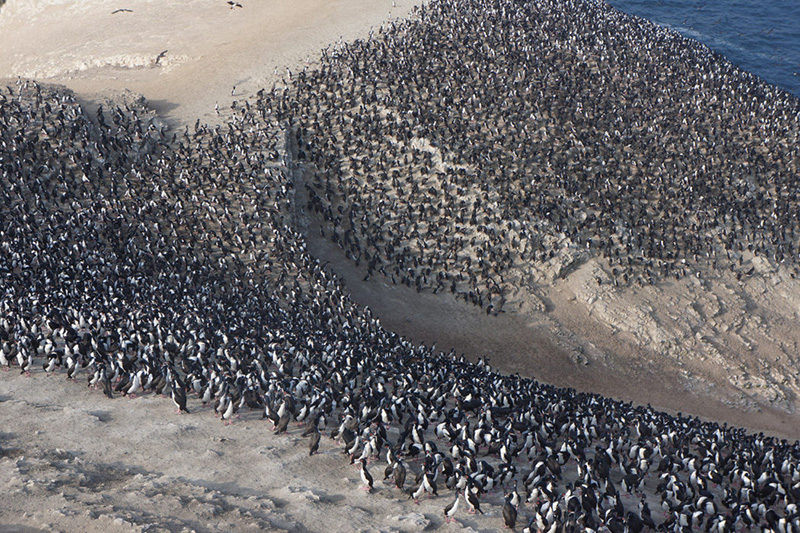ART CITIES:Rotterdam-Dinh Q. Lê
 Dinh Q. Lê is best known for his large-scale photographic weavings and video works that question the way in which world events are perceived. Inspired by traditional Vietnamese grass mat weaving, the artist weaves images chosen from a variety of motifs including the Vietnam War and Cambodian ruins. His research focuses on people’s personal memories of historical events, notably on the complex legacy of the Vietnam War and it’s ongoing impact on contemporary Vietnam.
Dinh Q. Lê is best known for his large-scale photographic weavings and video works that question the way in which world events are perceived. Inspired by traditional Vietnamese grass mat weaving, the artist weaves images chosen from a variety of motifs including the Vietnam War and Cambodian ruins. His research focuses on people’s personal memories of historical events, notably on the complex legacy of the Vietnam War and it’s ongoing impact on contemporary Vietnam.
By Efi Michalarou
Photo: Museum Boijmans Van Beuningen Archive
Dinh Q. Lê’s three screen installation “The Colony” is loosely based on 19th Century depictions of a cluster of islands off the west coast of Peru, rich in guano, a powerful fertilizer. Exploring the drama of absurdity, greed and human suffering, all for the brown gold of bird excrement, Lê’s narratives revisit three important episodes in the islands’ brutal history: the 19th Century Imperial wars between Spain and its former colonies Peru and Chile, the horrific fate of the indentured Chinese workerss and the US Guano Act of 1856, that authorised over one hundred claims for uninhabited islands, reefs and atolls in the Pacific and Atlantic. As the first of Dinh Q. Lê’s film installations which does not directly reference the Vietnam War, “The Colony” marks a significant development in his practice. However, the plight of individuals caught up in the currents of history which has characterised some of his most powerful work to date remains central to this new commission. The islands in Lê’s films are home to huge colonies of birds, where mountains of guano have built up and when its fertilizing properties were recognized, the deposits became one of the most valuable natural resources in the world. In the mid-19th Century, the islands were contested by different powers: Spanish, American and Peruvian, each determined to exert control over their exceptional natural wealth. At the height of the “Great Guano Rush” bonded Chinese workers were forced to work there under brutal conditions to collect the guano. Nobody lives on the islands now, but harvesting still occasionally takes place. For “The Colony”, Dinh Q. Lê has filmed the islands from a number of different perspectives, from a boat circling the land and from video drones giving a bird’s eye view from above. Also we see workers involved in the back-breaking work of harvesting, transporting and loading the guano onto boats. Lê encountered three generations of structures in his visits to Chincha. Shards still remain of wooden buildings left by guano harvesters from the 19th Century, bleached remnants of barracks that would have housed bonded Chinese labourers.“Slavery was abolished already in Peru and England, the shortcut was to use indentured servants: it was essentially slavery but for a limited time” explains Lê. Migrants from China were bonded for a period of seven years, to pay off their passage to North America. White-walled cinder block barracks created for Peruvian workers in the 20th century also still stand. The oppressive atmosphere of these buildings, that are empty except for faded pinup photos pasted to their walls, inspired Lê to name his work after Franz Kafka’s story “In the Penal Colony” (1919) “because there’s no escape, you’re stuck there”. When filming on the final island, Lê was astonished to encounter guano harvesting in progress, and a vast ziggurat-like structure built like a fortress on the seafront out of thousands of black polythene sacks of droppings, all harvested by hand. The arid and unforgiving landscape and the drones’ unmanned explorations of empty and abandoned buildings, with their traces of existence from past inhabitants, leave viewers in no doubt of the human suffering and isolation that form part of the islands’ story. A voiceover narrates episodes from the history of the islands and a swirling soundtrack by American composer Daniel Wohl pulls the viewer into the epic scale of the labour which has shaped the history and the landscape.
Info: Museum Boijmans Van Beuningen, Museumpark 18-20, Rotterdam, duration: 14/10/17-14/1/18, Days & Hours: Tue-Sun 11:00-17:00, www.boijmans.nl






